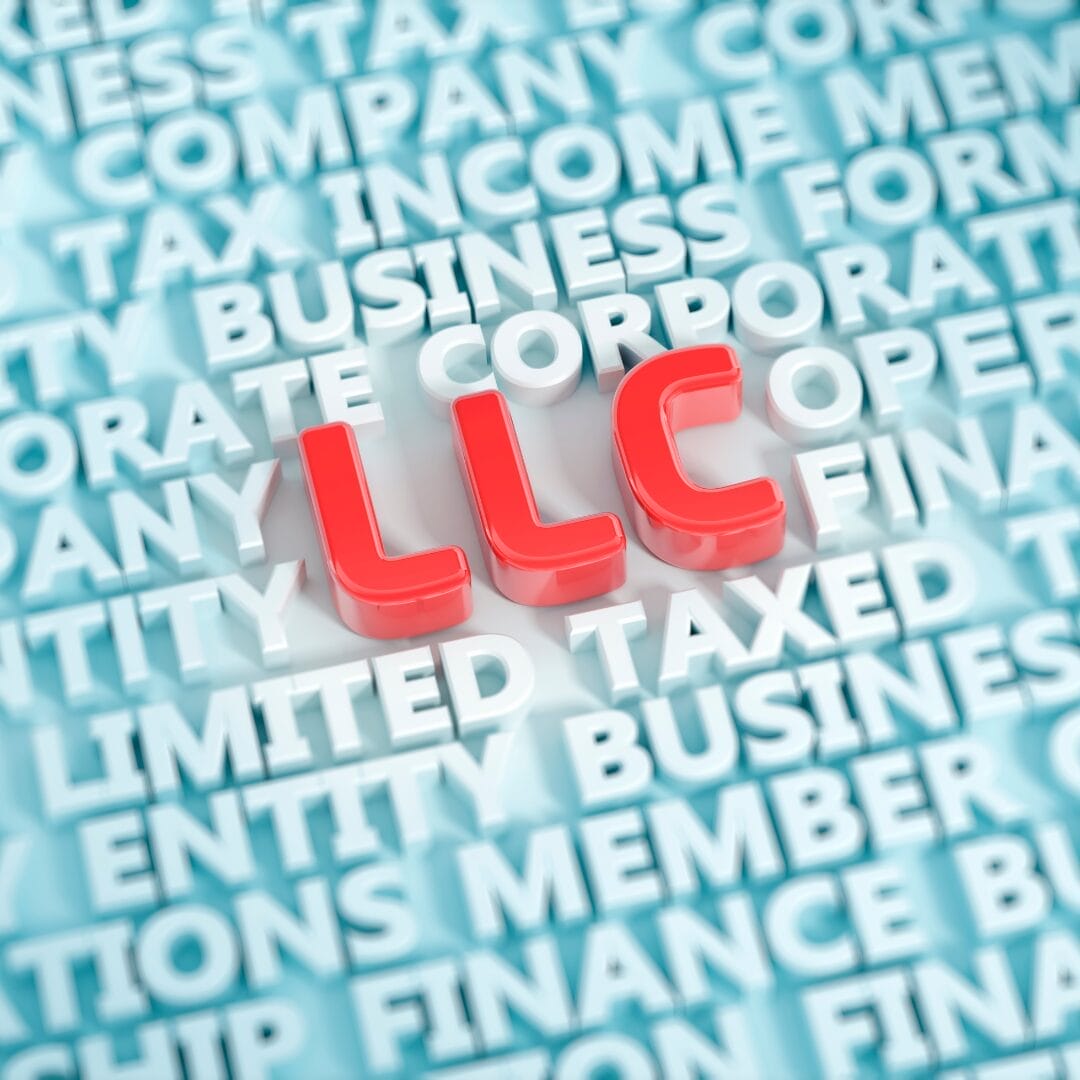As Covid-19 continues to disrupt the lives and incomes of many around the globe, the U.S. government has taken steps to mitigate the negative impacts on businesses within our nation. One of these steps is the recent passage of the CARES Act.
Program Overview
The Coronavirus Aid, Relief, and Economic Security (CARES) Act was signed into law on March 27, 2020. The primary purpose of this legislation is to provide options for businesses to utilize Small Business Administration (SBA) loans to ensure short-term cash flow. These loans are available to qualifying businesses through the Paycheck Protection Program (PPP).
These loans will be made by participating lenders between February 15, 2020, and June 30, 2020, which is the “covered period”. This is a separate program from the 7(b) SBA Economic Injury Disaster Loan (EIDL) which has previously been available to small businesses.
Certain businesses may also apply for an emergency $10,000 advance under SBA Section 7(b)(2) and still be eligible for PPP loans. Although more detailed guidance on the PPP is expected to be released in the next few weeks, here is a summary of the program as it currently stands.
Loan Eligibility
The following types of businesses may be eligible for PPP loans under the CARES Act:
- For profit companies
- 501(c)(3) non profit organizations
- 501(c)(19) veteran’s organizations
- Sole proprietor, independent contractors, and self-employed individuals
In order to be eligible, these businesses must meet the following criteria:
- The business employs less than 500 people (inclusive of employees of affiliates); OR
- The business meets the SBA size standard for their specific industry
Businesses with multiple locations may also be eligible, as long as:
- No single location employs more than 500 people at a single physical location; and
- The business has an NAICS code beginning with 72 (accommodation & food service)
PPP With Other Loans & Advances
Borrowers with existing EIDL loans may still apply for PPP loans. However, the EIDL loan may only be refinanced into the PPP loan if it was obtained for reasons related to Covid-19.
In order to be eligible for the emergency $10,000 advance under SBA Section 7(b)(2), the business must be:
- a business with 500 employees or less;
- individuals operating as a sole proprietorship or independent contractor;
- a cooperative with not more than 500 employees;
- an ESOP with not more than 500 employees; or
- a tribal small business concern.
Loan Process & Rates

Businesses do not have to draw on equity in order to utilize a PPP loan. Instead, they must certify in good faith that:
- The loan is necessary in the current climate of economic uncertainty as a result of Covid-19;
- They will use the loan funds to retain workers and maintain payroll, lease, and utility payments; AND
- They are not receiving duplicate funds for the same uses from another SBA loan program.
Under the CARES Act, the interest rate on PPP loans will be capped at 4%, and payments (both principal and interest) are to be deferred for 6 months to 1 year. Borrower and lender fees are both to be waived, and the loan is to be amortized with fixed monthly payments over the life of the loan covering both principal and interest.
Loan Application & Repayment Details
Currently, the deadline to apply for the loan is June 30, 2020. Applicants who are determined to be eligible borrowers may seek loans for the following amounts:
- 250% of the employers average monthly payroll costs, as determined by the preceding 12 months; OR
- $10 million
PPP loans are unsecured and guaranteed by the federal government as follows:
- Present – December 31, 2020: 100% of loan
- After December 31, 2020:
- 75% for loans above $150,000
- 85% for loans less than or equal to $150,000
Borrowers of PPP loans can apply for loan forgiveness provided they meet certain criteria. In the event borrowers meet these qualifications, they may be required to submit documentation of employment and payroll levels.
For loans that are not forgiven, or loans that have a remaining balance after loan forgiveness, the loan balance will have a maximum maturity date of 10 years from the date of application.
Permitted Uses of Loan Funds
During the covered period, the funds received from a PPP loan are permitted to be used for the following expenses:
- Payroll costs;
- Costs necessary for the continuation of group health coverage including paid sick, medical, or family leave, or insurance premiums;
- Salaries, commissions, or other compensation for employees;
- Interest payments on mortgage obligations (not prepayment);
- Rent payments;
- Utility payments; OR
- Interest arising from any other debt obligations incurred before February 15, 2020.
How To Apply

Under the CARES Act, FDIC banks are authorized to participate in the program but not required to. Therefore, not all FDIC banks may offer these loans. Any SBA-certified lender may offer PPP loans, and the CARES Act increases the ability of the Treasury and SBA to approve new lenders.
Unfortunately the regulations to implement the program have not been put in place, but are currently in the process of being established. The CARES Act is, however, designed to streamline the application process.
As more information is released we will continue to update our clients.
You may also take a look at a sample application for a Paycheck Protection loan here.
Got Questions?




